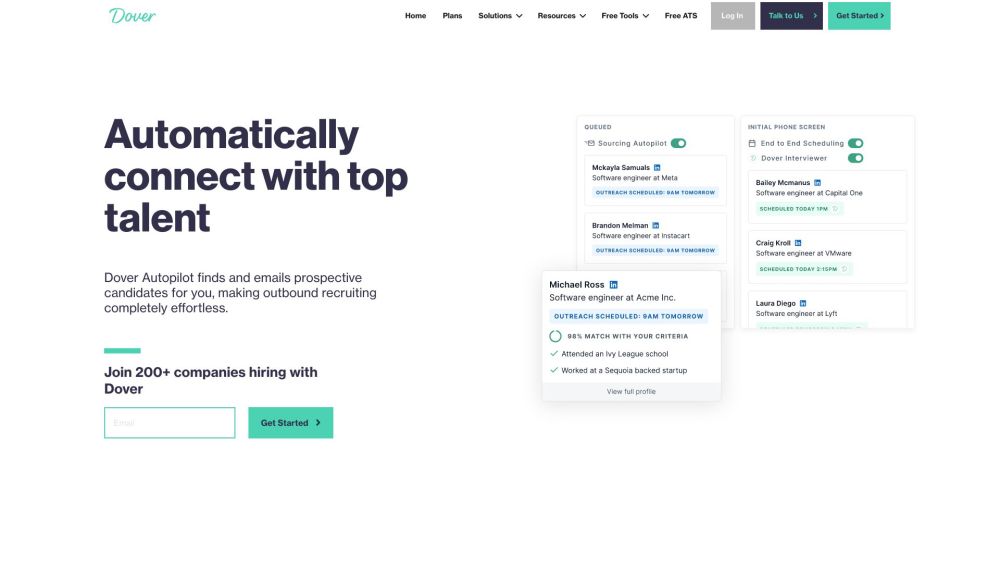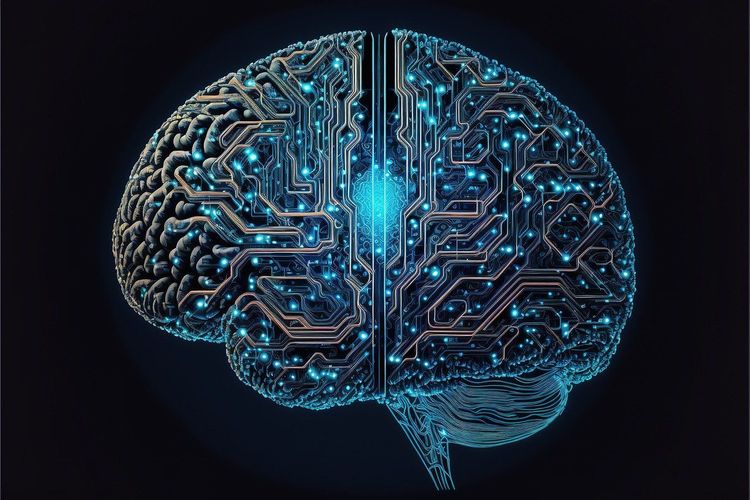OpenAI Sora Launch: Revolutionary AI Video Technology That Could Perfectly Simulate Reality!
Most people like

Dover is an innovative platform designed to streamline recruiting processes, effortlessly linking businesses with exceptional talent.

Prompt Vibes offers an extensive collection of valuable ChatGPT prompts designed to enhance chatbot development.

Stockimg AI: an innovative, AI-driven platform designed to effortlessly create stunning logos, captivating book covers, and eye-catching posters. Unlock your creative potential with Stockimg AI!

Unlock the full potential of your videos and audio recordings by repurposing them into captivating content. This guide will show you how to effectively convert your multimedia into blog posts, social media updates, podcasts, and more. By leveraging existing assets, you can expand your reach, engage your audience, and maximize your content's impact. Discover the art of content transformation and make your multimedia shine.
Find AI tools in YBX

